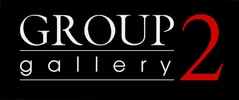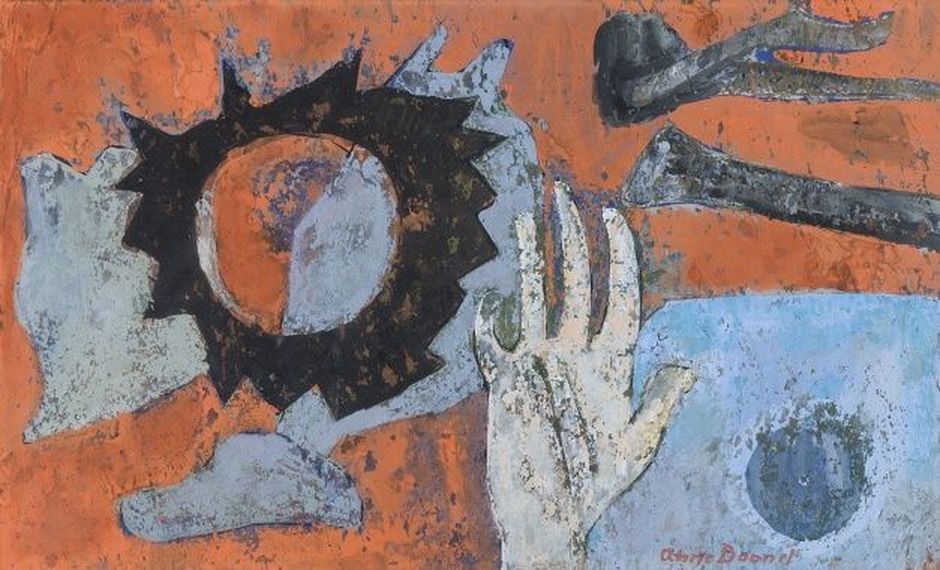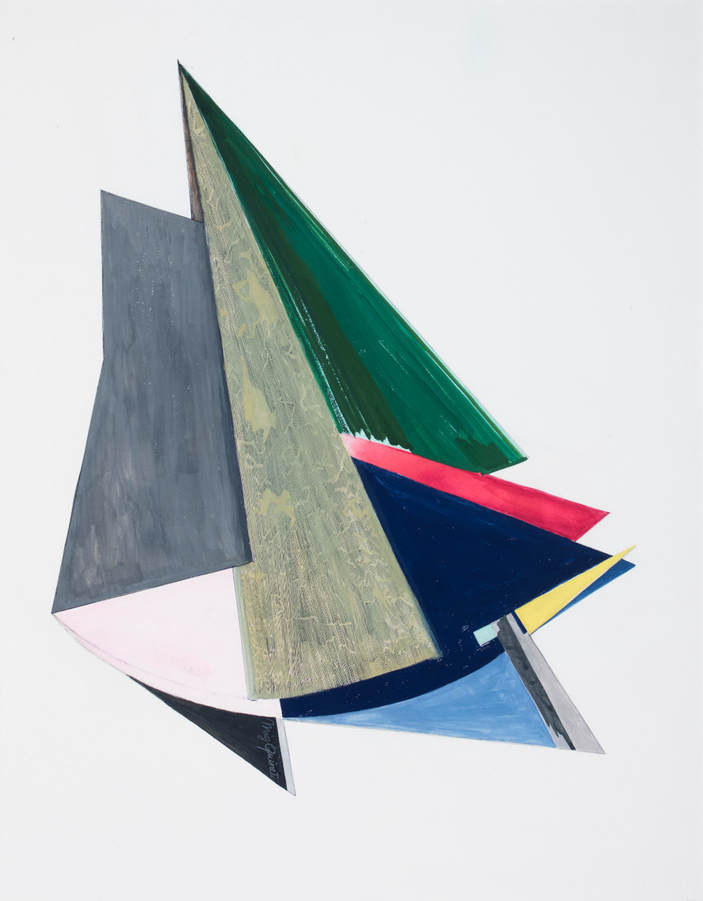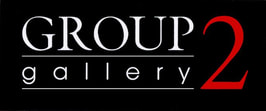GOUACHES & WATERCOLOURS
BY BELGIAN MASTERS
GASTON BERTRAND LOUIS VAN LINT ANNE BONNET MIG QUINET
MARCEL-LOUIS BAUGNIET GUILLAUME VANDEN BORRE
JEAN MILO BERTHE DUBAIL SUZANNE VAN DAMME
JAN DE CLERCK ZEPHIR BUSINE GILBERT DECOCK
ROGER GREISCH PIERRE CLAREBOUT
CHANTAL COPPIETERS 't WALLANT
THOMAS VAN GINDERTAEL
EXHIBITION February 9 - March 31 2018
Open wednesday to saturday 2 - 6 PM or on appointment 02.539.23.09
Group 2 Gallery exhibits gouaches & watercolours by 16 Belgian artists of three different generations. Not less than 5 of these artists were members of the famous group of "The Young Belgian Painters" (1945-48): Gaston Bertrand, Louis Van Lint, Anne Bonnet, Mig Quinet & Jean Milo.
























